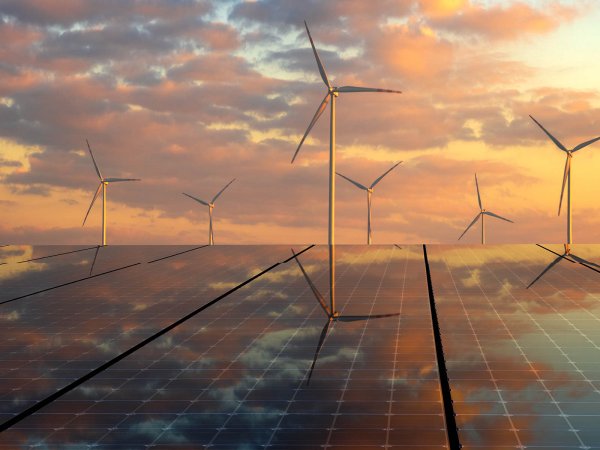
As the U.S. energy system transitions to lower-carbon energy sources, federal and state policies increasingly encourage clean energy technologies at the distributed level of homes, businesses, and neighborhoods. These distributed energy resources (DERs), such as rooftop solar panels, batteries in homes and electric vehicles, and small-scale microgrids, allow energy consumers to produce electricity or storage services to sell back to utilities, thus converting consumers into “prosumers.” This trend poses a range of potential benefits, such as avoiding some of the land-use impacts of utility-scale clean energy and associated transmission lines; improving grid reliability and resilience; and enhancing consumer independence and “energy democracy,” in which individuals meaningfully influence decisions about their energy sources.
But there appear to be two central obstacles to realizing the potential benefits of DERs, which we explore through case studies in two of the states that have focused centrally on expanding DER integration—New York and California. First, attempts to scale up DERs beyond the pilot stage have proven difficult, with the exception of some DERs in states such as California. Several obstacles appear to contribute to these scaling challenges, including cost, regulatory and technical barriers, and political-economic forces. Secondly, the design and implementation of DER programs has been inequitable, with many DERs tending to benefit wealthy, white prosumers. While both New York and California have implemented DER programs in some disadvantaged communities, much progress remains to be made in ensuring the financial longevity of such programs and securing higher levels of prosumer uptake. This project will explore these obstacles to U.S. DERs and re-assess bold predictions of DERs as key drivers of the U.S. transition to net-zero-carbon energy, comparing progress and challenges in New York and California and identifying and analyzing barriers that remain to be overcome.
Researchers
Andrew Kleit



